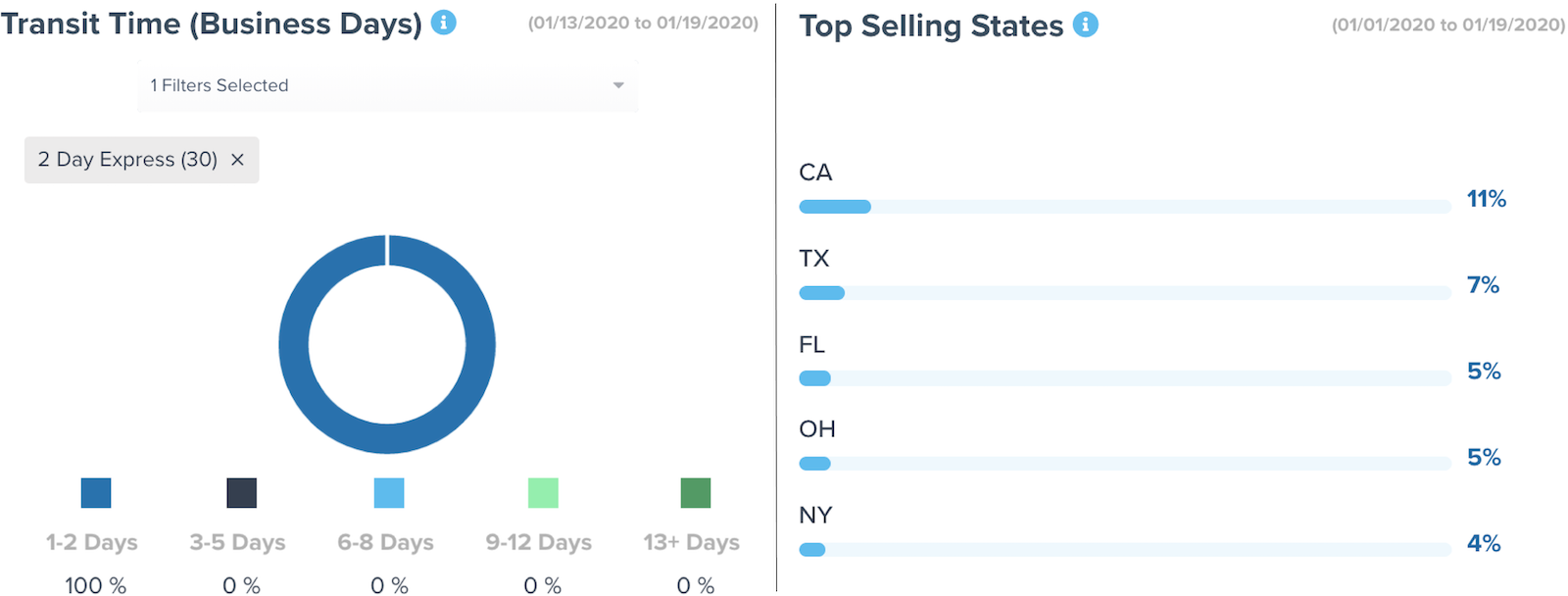
ShipBob: Complete Buyer's Guide
AI-driven third-party logistics provider
ShipBob positions itself as an AI-driven third-party logistics provider specializing in mid-market ecommerce fulfillment automation for businesses generating $1M-$50M annual revenue[52][53]. The platform serves as a comprehensive fulfillment solution that combines intelligent warehouse management with automated inventory optimization, particularly excelling in beauty, health, and home goods verticals.
Market Position & Maturity
Market Standing
ShipBob operates as an established mid-market 3PL provider with demonstrated operational scale and financial stability. The company serves businesses generating $1M-$50M annual revenue, positioning itself between basic fulfillment providers and enterprise-focused logistics platforms[52][53].
Company Maturity
With 30+ global fulfillment centers and documented customer success across multiple verticals, ShipBob demonstrates substantial operational maturity and market presence[41][47].
Growth Trajectory
Customer portfolio validation includes established brands like Bloom Nutrition processing 1.5M+ orders while achieving nine-figure revenue, and Dossier fulfilling 1M+ orders with expansion to 4,000 Walmart locations[52].
Industry Recognition
Competitive differentiation emerges through ShipBob's unique market position combining fulfillment operations with AI-driven optimization in a single platform.
Longevity Assessment
Operational scale indicators include the ability to handle 500-5,000 daily orders effectively, with documented cases of customers achieving 4x volume growth while maintaining 99.95% accuracy[53].
Proof of Capabilities
Customer Evidence
Semaine Health achieved 99.95% order accuracy while handling 4x volume growth and reducing fulfillment costs by $2 per order[53].
Quantified Outcomes
Our Place reduced average transit times from 3.5 to 2.8 days (20% improvement) while cutting freight costs by $1.5 million annually through four-warehouse distribution strategy[47][52].
Case Study Analysis
Enterprise-scale validation comes from Dossier fulfilling 1M+ orders and expanding to 4,000 Walmart locations using ShipBob's EDI automation capabilities[52].
Market Validation
CLEARSTEM's transformation demonstrates substantial cost optimization, with Co-Founder Kayleigh Christina reporting 40% fulfillment cost savings while scaling to nine-figure revenue[58].
Reference Customers
Bloom Nutrition's scale represents significant operational validation, processing 1.5M+ orders while achieving nine-figure revenue through ShipBob's platform[52].
AI Technology
ShipBob's artificial intelligence capabilities center on inventory optimization and warehouse automation rather than comprehensive supply chain transformation.
Architecture
The platform's API-first architecture enables rapid technical integrations, with standard ecommerce platforms connecting within 24 hours compared to 6-9 month enterprise implementations common with traditional providers[45][56].
Primary Competitors
ShipBob competes in the mid-market 3PL space against both traditional fulfillment providers and technology-enabled logistics platforms.
Competitive Advantages
Unique market positioning emerges through ShipBob's combination of fulfillment operations with AI-driven optimization in a single platform.
Market Positioning
Carrier-agnostic optimization provides competitive differentiation against carrier-exclusive providers.
Key Features

Pros & Cons
Use Cases
Integrations
Pricing
Featured In Articles
Comprehensive analysis of Shipping & Logistics for Ecommerce for Ecommerce businesses and online retailers. Expert evaluation of features, pricing, and implementation.
How We Researched This Guide
About This Guide: This comprehensive analysis is based on extensive competitive intelligence and real-world implementation data from leading AI vendors. StayModern updates this guide quarterly to reflect market developments and vendor performance changes.
59+ verified sources per analysis including official documentation, customer reviews, analyst reports, and industry publications.
- • Vendor documentation & whitepapers
- • Customer testimonials & case studies
- • Third-party analyst assessments
- • Industry benchmarking reports
Standardized assessment framework across 8 key dimensions for objective comparison.
- • Technology capabilities & architecture
- • Market position & customer evidence
- • Implementation experience & support
- • Pricing value & competitive position
Research is refreshed every 90 days to capture market changes and new vendor capabilities.
- • New product releases & features
- • Market positioning changes
- • Customer feedback integration
- • Competitive landscape shifts
Every claim is source-linked with direct citations to original materials for verification.
- • Clickable citation links
- • Original source attribution
- • Date stamps for currency
- • Quality score validation
Analysis follows systematic research protocols with consistent evaluation frameworks.
- • Standardized assessment criteria
- • Multi-source verification process
- • Consistent evaluation methodology
- • Quality assurance protocols
Buyer-focused analysis with transparent methodology and factual accuracy commitment.
- • Objective comparative analysis
- • Transparent research methodology
- • Factual accuracy commitment
- • Continuous quality improvement
Quality Commitment: If you find any inaccuracies in our analysis on this page, please contact us at research@staymodern.ai. We're committed to maintaining the highest standards of research integrity and will investigate and correct any issues promptly.